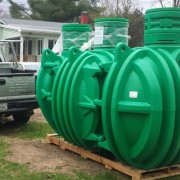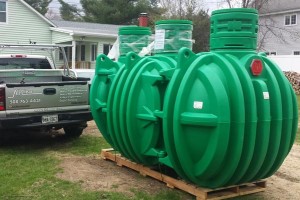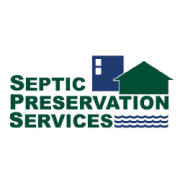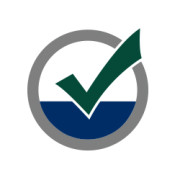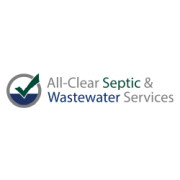How Much Water Should a Household Use?
How much water does an average household use? This can be important to your septic system since excess water can strain the decomposition process and result in a variety of problems.
Here are some averages to keep you on track:
Dishwasher cycle- 7 gallons
Washing Machine- 40 gallons per load (front-loaders use less)
Toilet- 2 gallons per flush, 1.6 gallons for newer standard toilets
Shower- 2.5 gallons per minute (10 minutes- 25 gallons)
It can be difficult to keep track of usage. A water meter can be useful for houses with a well. Purchasing water-friendly appliances, toilets and shower-heads can also help.
Remember: a septic system is installed based upon the number of people that are anticipated to be using it. If your base number increases, you might need to upgrade to a larger system.
The average household uses about 300 gallons per day. This is based on a 4-person household. Each person uses about 80-100 gallons of water per day.
There are many ways to conserve water saving yourself money and being more eco-friendly.
Dripping faucets are another potential waste of water. Even small leaks can waste a lot of water. Hot water leaks are a waste of water and energy.
Leaks inside the toilet can waste up to 200 gallons of water per day.
The solution is to fix the leak and save yourself money and water.
In the bathroom, take showers instead of tubs. Turn the water off when you’re brushing your teeth.
In the kitchen and laundry, wait for a full load before running the dishwasher and washing machine. Pre-rinsing your dishes before you put them in the dishwasher wastes water.
The more water you can conserve, the less water running into your septic system and the healthier it will be.
All Clear Septic and Wastewater Services can answer all your septic questions and help you keep your system running efficiently. Call 508-763-4431 or visit www.allclearseptic.com.
This blog was posted on www.allclearseptic.com on August 5, 2015.

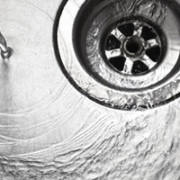


 was beautiful. Kate Lanagan MacGregor, Sonia Amaral, Kevin Thompson and Marie Greany of Beyond BOLD Media joined Bob and Roberta for a great night together. They left from the Cove Restaurant in Fall River and sailed under the Braga Bridge headed to the Mt. Hope Bridge. It was truly a fabulous night and Beyond BOLD Media is grateful to Bob and Roberta for the opportunity to spend some great time together out in the harbor on a beautiful night.
was beautiful. Kate Lanagan MacGregor, Sonia Amaral, Kevin Thompson and Marie Greany of Beyond BOLD Media joined Bob and Roberta for a great night together. They left from the Cove Restaurant in Fall River and sailed under the Braga Bridge headed to the Mt. Hope Bridge. It was truly a fabulous night and Beyond BOLD Media is grateful to Bob and Roberta for the opportunity to spend some great time together out in the harbor on a beautiful night.
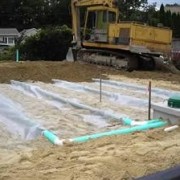
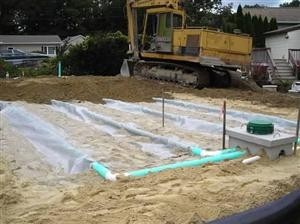 septic tank? Does your new system require a pumping system? How does a septic pumping system work? All-Clear Septic & Wastewater Services has put together this basic information to answer your questions.
septic tank? Does your new system require a pumping system? How does a septic pumping system work? All-Clear Septic & Wastewater Services has put together this basic information to answer your questions.